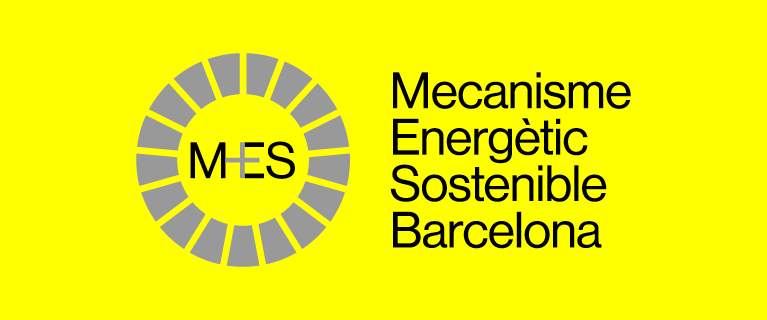How is the city’s air quality?
Barcelona’s annual average NO2 levels in 2023 were the best ever recorded. This is one of the findings of the Air Quality Assessment Report prepared by the Barcelona Public Health Agency (ASPB), which shows a downward trend in NO2 levels in recent years, while PM10 and PM2.5 levels have remained stable since 2013.

Broadly speaking, air pollution levels approached those of 2020 and 2021 (during and after the pandemic), with annual trends confirming the decrease in NO2 in recent years. Specifically, the population was exposed to an average of 26 μg/m3 of NO2 and 14 μg/m3 of PM2.5, with the Eixample district continuing to have the highest levels.
In 2023, both NO2 and PM10/PM2.5 were below the current legal limits set by the European Union at all stations in the city, but continued to exceed the World Health Organization (WHO) levels of 10 and 5 μg/m3, respectively, and the future European levels of 20 and 10 μg/m3 from 2030.
According to the ASPB Air Quality Assessment Report, the health impacts attributable to pollution in 2020-2023 were 32% lower than estimated in 2018-2019. Despite this improvement, the negative health impacts remain significant: around 8% of deaths (13% in 2018-2019), 36% of childhood asthma cases (51% in 2018-2019) and 12% of new lung cancer cases each year (17% in 2018-2019) are attributed to pollution. If Barcelona were to stay below the future legal limits, the negative impact of pollution on public health would be reduced by a further 38%.
One of the most effective ways to further improve air quality and protect residents’ health would be to reduce traffic across the city, which would have additional health benefits such as noise reduction, fewer traffic injuries and healthier use of public spaces.
Earlier this year, the European Parliament published a draft for a new air quality directive that would significantly reduce the legal limits for key air pollutants from 2030, bringing them closer to WHO health guidelines. The ASPB report concludes that this new regulation will be key to further promoting reductions in air pollution and will represent a new milestone in health protection.






